What was once known as a sheep town has now transformed into a scenic hinterland, filled with superb monuments and galleries for both educational and leisure purposes

HISTORY OF CANBERRA
Thought to be the first homes of the Ngunnawal people for at least 21,000 years, Canberra translates to ‘meeting place’ in the tongue of the Ngunnawal people who first inhabited the sheep town which has now blossomed into the capital city of Australia. In earlier days, the Aboriginal people were referred to by early white writers as the ‘Kamberra’, ‘Kghambury’, ‘Nganbra’ or ‘Gnabra’. This, while bearing remarkable similarities with the current name of the state, is probably no coincidence as Canberra is very likely the anglicized version of the Aboriginal word. Officially, the name of the capital was announced at the Foundation Stone Ceremony by Lady Denman on 12 March 1913.
The first explorers to the region were Europeans who discovered Canberra as early as 1823 when Joshua John Moore, a settler, established a station at Acton which is now the site of the National Museum of Australia. One other significant point regarding the founding of Canberra was that the city announced a competition back in 1911 for a federal capital city design in which American architect Walter Burley Griffin won, besting architects from Finland and France. The name Canberra similarly was decided through a naming competition with potential names like ‘Eden’, ‘Gamelyn’, ‘Nardoo’ and ‘Frazer Roo’ submitted for consideration as well.
この記事は BBC Earth の January 2017 版に掲載されています。
7 日間の Magzter GOLD 無料トライアルを開始して、何千もの厳選されたプレミアム ストーリー、9,000 以上の雑誌や新聞にアクセスしてください。
すでに購読者です ? サインイン
この記事は BBC Earth の January 2017 版に掲載されています。
7 日間の Magzter GOLD 無料トライアルを開始して、何千もの厳選されたプレミアム ストーリー、9,000 以上の雑誌や新聞にアクセスしてください。
すでに購読者です? サインイン
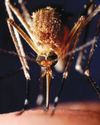
World's First Malaria Vaccine
The World Health Organization’s director-general hails ‘historic moment’ as mass immunisation of African children begins
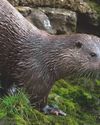
Is River Pollution Putting The Species In Jeopardy Again?
Ten years ago, it was jubilantly announced that o ers had returned to every county in England. But is river pollution putting the species in jeopardy again?
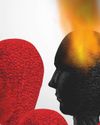
The Big Burnout
Long hours, low pay and a lack of appreciation — among other things — can make for a stressful workplace and lead to burnout. It’s something we should all be concerned about, because over half of the workforce reports feeling it
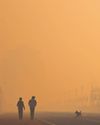
Putting Nature To Rights
More countries are enshrining the right to a clean environment into law. So if a company or government is impinging upon that right, you could take them to court
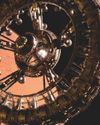
Mega Spaceship: Is It Possible For China To Build A Kilometre-Long Spacecraft?
Buoyed on by its successful Moon missions, China has launched a five-year study to investigate the possibility of building the biggest-ever spacecraft

Are We Getting Happier?
Enjoying more good days than bad? Feel like that bounce in your step’s getting bigger? HELEN RUSSELL looks into whether we’re all feeling more cheery…

“Unless the Japanese got the US off their backs in the Pacific, they believed they would face complete destruction”
Eighty years ago Japan’s surprise raid on Pearl Harbor forced the US offthe fence and into the Second World War. Ellie Cawthorne is making a new HistoryExtra podcast series about the attack, and she spoke to Christopher Harding about the long roots of Japan’s disastrous decision
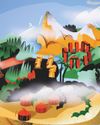
Your Mysterious Brain
Science has mapped the surface of Mars and translated the code for life. By comparison, we know next to nothing about what’s between our ears. Over the next few pages, we ask leading scientists to answer some of the most important questions about our brains…

Why Do We Fall In Love?
Is it companionship, procreation or something more? DR ANNA MACHIN reveals what makes us so willing to become targets for Cupid’s arrow
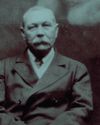
Detecting the dead
Following personal tragedy, the creator of that most rational of literary figures, Sherlock Holmes, developed an obsession with spiritualism. Fiona Snailham and Anna Maria Barry explore the supernatural interests of Sir Arthur Conan Doyle